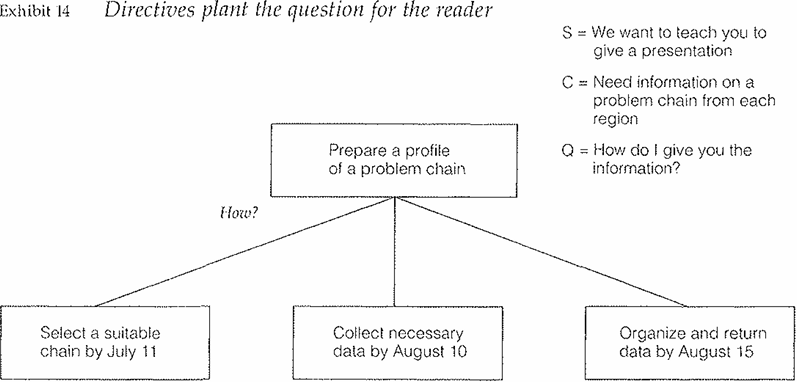

Grammar


Tenses


Present

Present Simple

Present Continuous

Present Perfect

Present Perfect Continuous


Past

Past Continuous

Past Perfect

Past Perfect Continuous

Past Simple


Future

Future Simple

Future Continuous

Future Perfect

Future Perfect Continuous

Passive and Active


Parts Of Speech


Nouns

Countable and uncountable nouns

Verbal nouns

Singular and Plural nouns

Proper nouns

Nouns gender

Nouns definition

Concrete nouns

Abstract nouns

Common nouns

Collective nouns

Definition Of Nouns


Verbs

Stative and dynamic verbs

Finite and nonfinite verbs

To be verbs

Transitive and intransitive verbs

Auxiliary verbs

Modal verbs

Regular and irregular verbs

Action verbs


Adverbs

Relative adverbs

Interrogative adverbs

Adverbs of time

Adverbs of place

Adverbs of reason

Adverbs of quantity

Adverbs of manner

Adverbs of frequency

Adverbs of affirmation


Adjectives

Quantitative adjective

Proper adjective

Possessive adjective

Numeral adjective

Interrogative adjective

Distributive adjective

Descriptive adjective

Demonstrative adjective


Pronouns

Subject pronoun

Relative pronoun

Reflexive pronoun

Reciprocal pronoun

Possessive pronoun

Personal pronoun

Interrogative pronoun

Indefinite pronoun

Emphatic pronoun

Distributive pronoun

Demonstrative pronoun


Pre Position


Preposition by function

Time preposition

Reason preposition

Possession preposition

Place preposition

Phrases preposition

Origin preposition

Measure preposition

Direction preposition

Contrast preposition

Agent preposition


Preposition by construction

Simple preposition

Phrase preposition

Double preposition

Compound preposition


Conjunctions

Subordinating conjunction

Correlative conjunction

Coordinating conjunction

Conjunctive adverbs


Interjections

Express calling interjection


Grammar Rules

Preference

Requests and offers

wishes

Be used to

Some and any

Could have done

Describing people

Giving advices

Possession

Comparative and superlative

Giving Reason

Making Suggestions

Apologizing

Forming questions

Since and for

Directions

Obligation

Adverbials

invitation

Articles

Imaginary condition

Zero conditional

First conditional

Second conditional

Third conditional

Reported speech


Linguistics

Phonetics

Phonology


Semantics


Pragmatics

Linguistics fields

Syntax

Morphology

Semantics

pragmatics

History

Writing

Grammar

Phonetics and Phonology


Reading Comprehension

Elementary

Intermediate

Advanced
Giving Direction
المؤلف:
BARBARA MINTO
المصدر:
THE MINTO PYRAMID PRINCIPLE
الجزء والصفحة:
50-3
2024-09-11
334
A directive must be the most common kind of business memorandum written anywhere in the world-reflecting a situation in which you write to ask or tell someone else to do something. In this case, you will be planting the question in the reader's mind rather than reminding him of it.
To illustrate, suppose you are holding a meeting for your field salesmen, at which you are planning to teach them how to present a new technique for organizing shelf space in chain grocery stores. However, in order to do so effectively you need some information from each on a particular problem chain in his local area. How would you structure the introduction? Very much in this manner:
S = At the field sales meeting we want to teach you how to present the new Space Management Program
C = To do so, we need information on a problem chain in your area
Q = (How do I give you the information?)
Or, to put it as starkly as possible:
S = We want to do X
C = Need you to do Y
Q = How do we do Y?
In this case the question would be implied rather than stated, since the flow of the writing would not require it to be spelled out. Nevertheless, you should absolutely spell it out for yourself before you begin to write. Otherwise, you run the danger of not being sure of your question.

In this example, the question is "How?" Whenever the question is "How?" the answer is invariably "steps," so that you would end up with a structure something like that shown in Exhibit 14. Note also that the Complication and the Answer are roughly reversals of each other, since the Answer is the effect of carrying out the actions, which of course would solve the problem.
To try another example, suppose you have a procedures manual that various people in the company update or add to, and you want to make sure they all do it in the same way:
S = We have a manual covering activities where nonconformity of action would be detrimental. From time to time it needs updating.
C = To ensure compatibility, it is important to follow the same procedure.
Q = (What is the procedure?)
And again you have another question that would be implied rather than stated in writing. To show the pattern starkly:
S = You do X
C = Must do in Y way
Q = What is Y way?